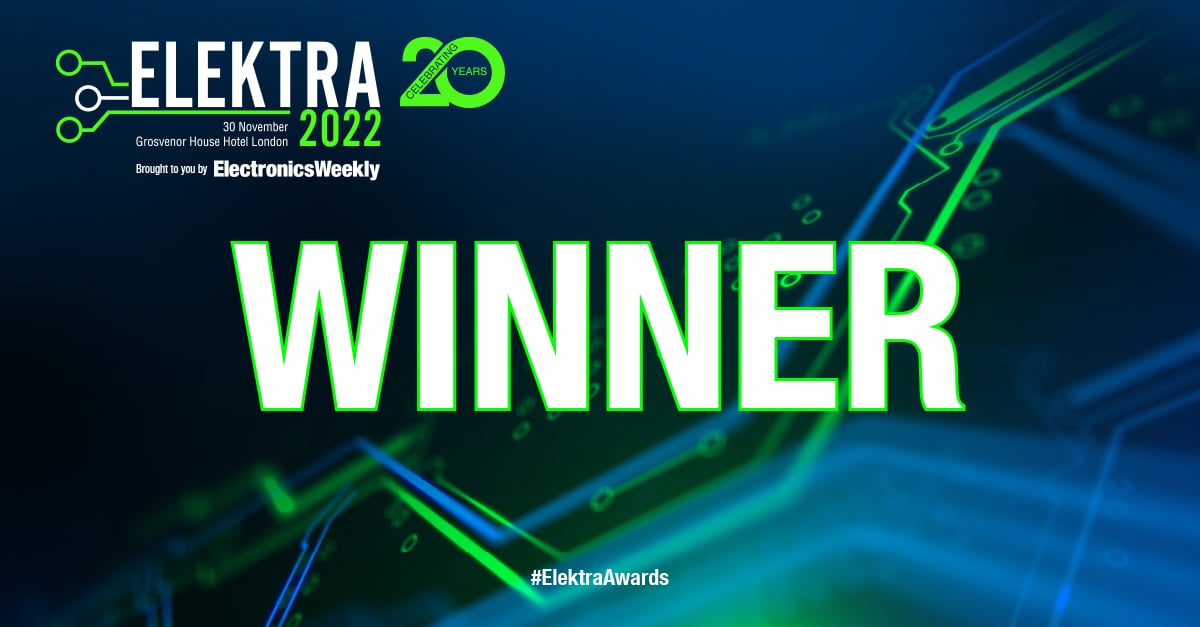- 03 February 2015
- Benjamin Anuworakarn
We have some great news: Imagination is organizing a full developer day packed with interesting sessions at GDC 2015; called idc15, it will be held on March 3rd inside room 302 of the South Hall and features talks and expert panel discussions aimed at helping you boost your game development across all devices with PowerVR graphics.
 idc15 – March 3rd, room 302, South Hall, Moscone Center
idc15 – March 3rd, room 302, South Hall, Moscone Center
We also have a booth in the main conference hall (#1142) if you want to see our PowerVR SDK and tools in action, take a look at our graphics, ray tracing and GPU compute demos and talk to members of our team.
Here is the complete list of the sessions and their description; please note that availability is limited and you will need to have a GDC Expo badge to access the South Hall.
PowerVR Graphics Keynote – Latest Developments and Future Plans (10:00 am – 11:00 am)
In this keynote, we will give an overview of Imagination’s hardware and software roadmaps for PowerVR graphics and PowerVR ray tracing technologies. We will explain the key features of the PowerVR Series7XE and Series7XT families, our plans for the Wizard ray tracing hardware and detail the APIs and extensions we will be supporting in the near future. Additionally, we will cover the major features planned for our SDK and development tools.
Enhancing Traditional Rasterization Graphics with Ray Tracing (11:00 am – 11:45 am)
Hybrid Ray Tracing is a novel technique combining traditional rasterization pipelines with ray tracing elements. In this session we will describe how ray tracing can be easily integrated into existing rasterization pipelines to render effects that are difficult to achieve efficiently with modern raster graphics.
We will demonstrate how to supplement and enhance certain effects, leading to improved realism and more immersive worlds. Examples include; soft shadows, reflections, refractions and order-independent transparency.
Low Overhead Probe-based Global Illumination Using Ray Tracing (1:00 pm – 2:00 pm)
This session will show attendees a novel technique for producing real-time dynamic global illumination with a very low performance overhead. The technique uses a relatively limited amount of ray tracing to produce the global illumination, and should therefore be suited for mobile applications.
Great Looking Graphics on Modern PowerVR GPUs (2:00 pm – 2:30 pm)
In this session, Rys will discuss a range of high-end, real-time rendering techniques possible with modern embedded GPUs, detailing specific approaches discovered, used and abused during development of two of the demo team’s latest productions – Library and Dwarf Hall.
The new Library demo running PowerVR Rogue GPU
He will describe hardware and software features that made the visuals in those demos possible, building on the great looking art. He will also demonstrate how the PowerVR performance analysis tools were used to optimize the demos, diving into GPU metrics that enabled the team to use the hardware to the best of its ability.
Optimizing Games for PowerVR (2:30 pm – 3:30 pm)
In this session, we will introduce the various debugging and profiling tools available to developers targeting PowerVR GPUs, detailing how they can reduce development time and extract the best possible performance out of the target hardware. We will give live demonstrations of each utility’s key features and explain how these tools can be easily integrated into debug builds for manual and automated analysis.
Next Generation Graphics – from PC to mobile (3:30 pm – 4:00 pm) presented by Tencent Interactive Entertainment
Mobile devices usually have a different graphics architecture and many restrictions on 3D rendering, and many mobile games have a much worse display than their desktop counterpart. In this session we will introduce the porting process of our in-house game engine from PC to mobile without losing most of graphics features. We will talk about some difficulties we met and tricks we use.
Creating Truly Scalable Game Engines – Console to Mobile (4:30pm – 5:30 pm)
In this session, we will discuss the challenges of developing a truly scalable game engine – current gen console to embedded devices – with our panel of industry veterans. How does the wide range of device capabilities affect art pipelines? Do the reduced-overhead APIs, such as Apple’s Metal, enable features that would not be possible with traditional APIs? Is the cost of supporting an increasing number of graphics APIs becoming a development bottleneck? Is it feasible for small studios to take on this challenge, or is it only cost effective for large-scale game and middleware development?






